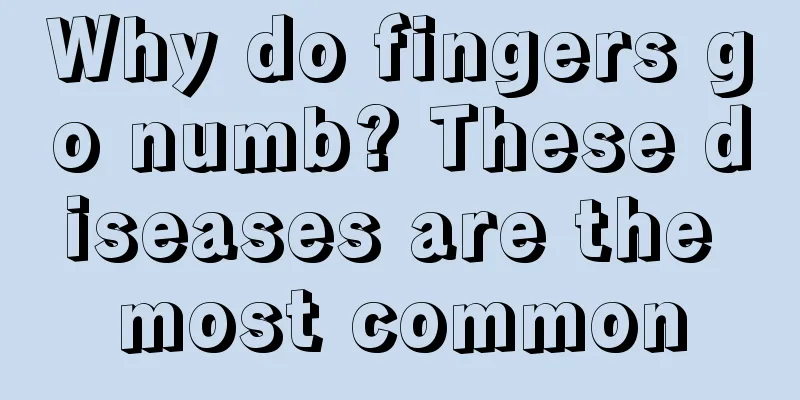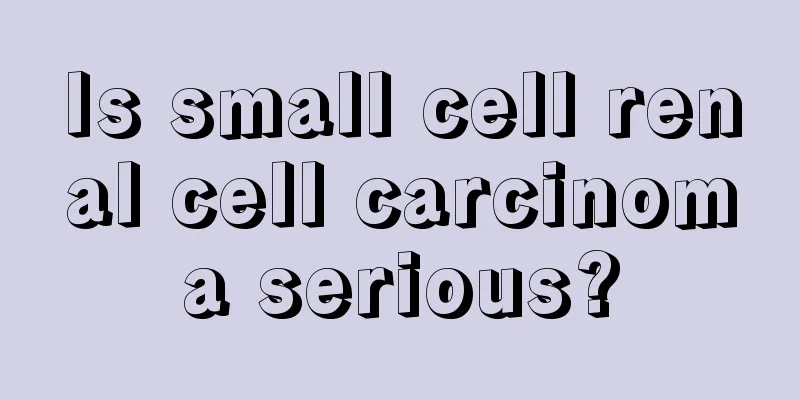What are the treatments for Parkinson's?

|
Parkinson's disease is a functional brain disease that mainly affects a person's motor function. Therefore, its onset has a great impact on people's normal life and work. So what are the treatments for Parkinson's disease? In fact, there are many ways to treat it, and there are also two folk remedies for treating Parkinson's disease. Parkinson's patients must receive treatment according to their own conditions. 1. Folk remedies for Parkinson's disease 1. Select 30 grams of raw oyster, 30 grams of Pueraria root, 30 grams of raw dragon bone, 20 grams of white peony root, 20 grams of Lycopodiella ciliata, 15 grams of Uncaria rhynchophylla, 15 grams of processed Polygonum multiflorum, 15 grams of Cornus officinalis, 12 grams of Lycium barbarum, 12 grams of Angelica sinensis, 10 grams of Gastrodia elata, 10 grams of Chuanxiong, 10 grams of Bombyx batryticatus, and 10 grams of Achyranthes bidentata. Decoction in water, 1 dose per day, 15 days as a course of treatment, dosage can be adjusted according to symptoms. 2. Select 30 grams of Astragalus, 20 grams of Salvia miltiorrhiza, 18 grams of papaya, 15 grams of Morinda officinalis, 15 grams of Gastrodia elata, 15 grams of red spoonbill, 10 grams of Chuanxiong, 10 grams of scorpion, 10 grams of Angelica sinensis, 10 grams of earthworm, 6 grams of safflower, and 6 centipedes. Also take it in water decoction, 1 dose per day, 30 days as a course of treatment. What are the treatments for Parkinson's disease? 1. Diet therapy Patients can eat more fruits and vegetables to ensure nutritional balance. When eating according to their condition, they should pay attention to eating easily digestible foods, adjust their diet reasonably, maintain adequate nutrition, and enhance their physical fitness. 2. Acupuncture treatment Parkinson's disease can be treated through acupuncture, which involves needling or moxibustion at selected acupuncture points while using appropriate techniques in accordance with TCM's theory of syndrome differentiation and treatment to achieve the goal of regulating the patient's body's yin and yang balance and unblocking the meridians. 3. Massage The main purpose of massage is to dredge the meridians through massaging the limbs or acupoints. It can also promote blood circulation and remove blood stasis, thereby recovering from limb and other functional disorders. This is one of the treatments for Parkinson's disease. 4. Surgical treatment Surgical treatment is a last resort and will have certain side effects for patients. The principle of surgical treatment for Parkinson's disease is to control tremors in the hands and feet by surgically removing the cerebral cortex and the active nerve cortex. However, this type of surgery is very dangerous and has a low success rate, so this treatment method is rarely used in the medical community. 5. Surgical treatment The principle is to inhibit the abnormal activity of brain cells and achieve the purpose of improving symptoms. 6. Medication In the early stages of the disease, medications can help improve symptoms. The medication must be taken long-term; once treatment is stopped, the condition will relapse. Drug treatment is most effective in the first few years. Although long-term use is still effective for most patients, after long-term use, patients will feel that the effective time of the drug is shortened, and some patients will experience "end of dose" and "on and off" fluctuations. Drug treatment has limitations. Usually after 3-5 years of treatment, the condition becomes difficult to control. The side effects of the drugs offset their efficacy, and patients will feel that their ability to live daily is restricted. 7. Cell penetration repair therapy The therapeutic principle of "cell penetration repair therapy" is based on the fact that cells are pluripotent cells, have the ability to self-renew throughout life, and can be induced to differentiate into various types of mature cells. It is the source of the formation and development of the nervous system, and its main function is to serve as a backup reserve, participating in the repair of nervous system damage or the renewal of normal cell apoptosis. |
<<: What diseases can cervical spondylosis cause?
>>: What are the main neck diseases?
Recommend
What is the reason for high alanine aminotransferase
There are many reasons for high alanine aminotran...
Dietary methods to prevent cervical cancer. What are the common recipes for cervical cancer?
Cervical cancer is one of the common cervical dis...
What is the normal value of white blood cells? The answer turns out to be like this
After people have a blood test, doctors often tel...
How long does it take for red bean and coix seed to take effect?
Red beans and coix seed have a good effect on con...
What should I do if my hair is dry, itchy and has dandruff?
Generally speaking, the changes in human hair are...
Why are there ants on the bed
In our lives, many people do not pay attention to...
3 types of routine examinations for esophageal cancer
Esophageal cancer is a malignant tumor of the dig...
What is the best way to quit smoking and drinking?
Smoking and drinking are not unfamiliar to many p...
How effective is Chinese medicine after colon cancer surgery
Colon cancer is a common digestive tract malignanc...
Medication guidance for gastroparesis syndrome caused by gastric cancer surgery
Gastroparesis is a common complication after gast...
Swimming pool water allergy
With the arrival of summer, in addition to the va...
What are the early diagnosis methods for pituitary tumors
The earlier any disease is discovered, the easier...
What does Bigu mean and what are its effects? Detoxification, weight loss and health preservation
Bigu fasting means not eating grains and cereals,...
Small cell lung cancer metastasizes to the neck lymph nodes in the late stage
The main treatment methods are chemotherapy, radi...
4 signs before death from advanced lung cancer
Common signs of advanced lung cancer include dysp...









